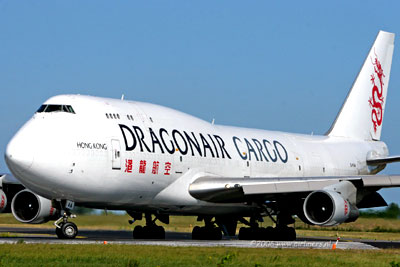It has become common in the aviation community to classify jet fighters by "generations" for historical purposes. There are no official definitions of these generations; rather, they represent the notion that there are stages in the development of fighter design approaches, performance capabilities, and technological evolution.
The timeframes associated with each generation are inexact and are only indicative of the period during which their design philosophies and technology employment enjoyed a prevailing influence on fighter design and development. These timeframes also encompass the peak period of service entry for such aircraft.
First generation subsonic jet fighters (mid-1940s to mid-1950s)
The first generation of jet fighters comprises the initial, subsonic jet fighter designs introduced late in World War II and in the early post-war period. They differed little from their piston-engined counterparts in appearance, and many employed unswept wings. Guns remained the principal armament. The impetus for the development of turbojet-powered aircraft was to obtain a decisive advantage in maximum speed. Top speeds for fighters rose steadily throughout World War II as more powerful piston engines were developed, and had begun approaching the transonic flight regime where the efficiency of piston-driven propellers drops off considerably.
FIRST GENERATION SUBSONIC JET FIGHTERS



Despite their advantages, the early jet fighters were far from perfect, particularly in the opening years of the generation. Their operational lifespans, especially for their gas turbine powerplants, could be measured primarily in hours; the engines themselves were fragile and bulky, and power could be adjusted only slowly. Many squadrons of piston-engined fighters were retained until the early-to-mid 1950s, even in the air forces of the major powers (though the types retained were the best of the World War II designs). Innovations including ejector seats and all-moving tailplanes were introduced in this period. The Americans were one of the first to begin using jet fighters post-war. The Lockheed P-80 Shooting Star (soon re-designated F-80) was less elegant than the swept-wing Me 262, but had a cruise speed (660 km/h [410 mph]) as high as the combat maximum of many piston-engined fighters. The British designed several new jets, including the iconic de Havilland Vampire which was sold to the air forces of many nations.The British transferred the technology of the Rolls-Royce Nene jet engine to the Soviets, who soon put it to use in their advanced Mikoyan-Gurevich MiG-15 fighters which were the first to introduce swept wings in combat, an innovation first proposed by German research which allowed flying much closer to the speed of sound than straight-winged designs such as the F-80. Their top speed of 1,075 km/h (668 mph) proved quite a shock to the American F-80 pilots who encountered them over Korea, along with their armament of two 23 mm cannons and a single 37 mm cannon compared to machine guns. Nevertheless, in the first jet-versus-jet dogfight in history, which occurred during the Korean War on 8 November 1950, an F-80 (as the P-80 had been redesignated) intercepted two North Korean MiG-15s near the Yalu River and shot them down.

The Americans responded by rushing their own swept-wing F-86 squadrons to battle against the MiGs which had similar trans-sonic performance. The two aircraft had different strengths, but were similar enough that the superior technology such as a radar ranging gunsight and skills of the veteran United States Air Force pilots allowed them to prevail. The world's navies also transitioned to jets during this period, despite the need for catapult-launching of the new aircraft. Grumman's F9F Panther was adopted by the U.S. Navy as their primary jet fighter in the Korean War period, and it was one of the first jet fighters to employ an afterburner. The de Havilland Sea Vampire was the Royal Navy's first jet fighter. Radar was used on specialized night fighters such as the F3D Skyknight which also downed MiGs over Korea, and later fitted to the F2H Banshee and swept wing F7U Cutlass and F3H Demon as all-weather / night fighters. Early versions of Infra-red (IR) air-to-air missiles (AAMs) such as the AIM-9 Sidewinder and radar guided missiles such as the AIM-7 Sparrow which would be developed into the 21st century were first introduced on swept wing subsonic Demon and Cutlass naval fighters.



































